In the world of digital marketing, Search Engine Optimization (SEO) is a powerful tool that can make or break your online presence. If you want to optimize your website and rank higher on search engines like Google, it’s crucial to understand key SEO terms and concepts. Whether you’re a beginner or have some experience in the field, mastering SEO terminology is vital to boosting your search engine rankings. In this article, we’ll break down 25 essential SEO terms and concepts that every digital marketer and website owner must know.
SEO Power Play: Chapter 1.3 – SEO Fundamental
Table of Contents
What is SEO?
SEO, or Search Engine Optimization, is the process of optimizing a website or online content to rank higher on search engine results pages (SERPs). The ultimate goal is to increase visibility, drive organic traffic, and improve user engagement. SEO involves both on-page and off-page strategies, ensuring that your content aligns with the search engine’s algorithms.
SEO is essential for any website because it helps you appear in front of potential customers when they search for information, products, or services related to your business.
1. Keyword Research: The Foundation of SEO

What are Keywords?
Keywords are the words or phrases users type into search engines to find content. Keyword research is the process of identifying these terms and incorporating them into your content to make it easier for search engines to find and rank your pages.
Long-tail Keywords
Long-tail keywords are longer, more specific search phrases that typically have lower competition but higher conversion rates. For example, instead of using the broad keyword “SEO,” you could target a long-tail keyword like “SEO terms and concepts for beginners.”
2. On-Page SEO: Optimizing Your Website Content
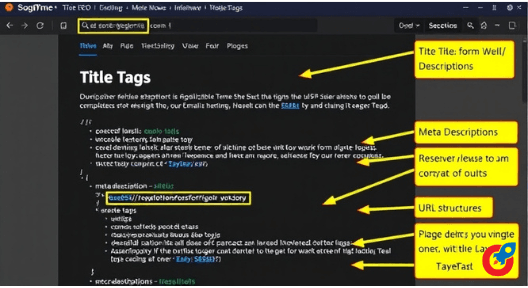
On-page SEO refers to optimizing individual pages on your website. This includes content, HTML elements, and media. The goal is to make it easier for search engines to crawl and index your pages.
Key Elements of On-Page SEO
- Title Tags: The title tag is an HTML element that specifies the title of a web page. It appears as the clickable headline in search results. The title should include your target keywords.
- Meta Descriptions: Meta descriptions are brief summaries of web page content. While not a direct ranking factor, an engaging meta description can increase click-through rates (CTR).
- URL Structure: A well-structured URL should include your target keyword and be easy for users and search engines to understand.
3. Off-Page SEO: Building Authority and Credibility
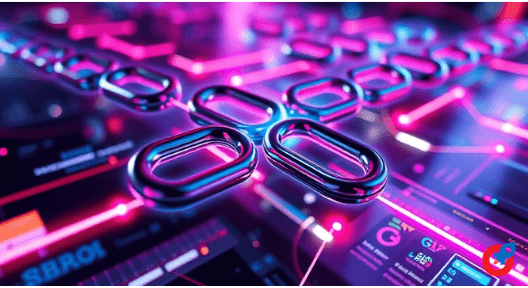
Off-page SEO involves activities outside your website that can influence your rankings. The most common off-page SEO technique is link building, which is acquiring high-quality backlinks from other websites to signal trustworthiness and authority to search engines.
What are Backlinks?
Backlinks are links from one website to another. When a reputable website links to your page, it’s like a vote of confidence that tells search engines your content is valuable. Quality backlinks from authoritative sites can significantly boost your rankings.
4. Technical SEO: Enhancing Site Performance
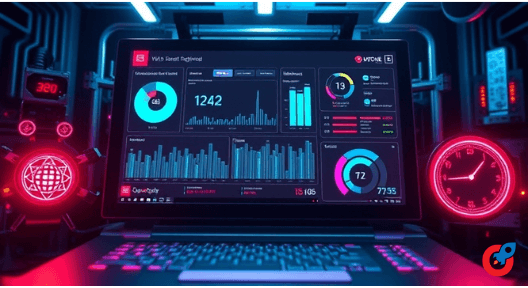
Technical SEO focuses on optimizing your website’s technical aspects to ensure search engines can crawl, index, and rank your content effectively. This includes improving site speed, mobile-friendliness, and internal linking.
Key Technical SEO Concepts
- Site Speed: A fast-loading website improves user experience and can positively impact rankings.
- Mobile Optimization: With mobile-first indexing, Google prioritizes mobile-friendly websites. A responsive design ensures your website is accessible on any device.
- Sitemap: A sitemap is an XML file that lists all the pages on your website. It helps search engines crawl your site efficiently.
5. Content Marketing and SEO

Content marketing and SEO are closely intertwined. High-quality, relevant content that answers users’ questions is one of the most important ranking factors for search engines. The better your content, the more likely it is to rank highly.
Types of Content
- Blog Posts: Informative and keyword-optimized blog posts can drive traffic to your site.
- Videos: Video content is increasingly important for SEO, as Google and other search engines value multimedia content.
- Infographics: Infographics are a great way to present complex information visually. These can also generate backlinks.
6. Search Engine Results Page (SERP)

The Search Engine Results Page (SERP) is the page displayed by a search engine after a user enters a query. SERPs typically include organic results, paid ads, featured snippets, and other elements like local pack results.
Types of SERP Features
- Organic Results: The listings that appear due to their relevance to the search query.
- Featured Snippets: A box at the top of the SERP showing an excerpt of an answer to a search query.
- Local Pack: A set of local business listings that appear when users search for a location-based query.
7. Algorithm Updates: Staying Ahead of SEO Changes
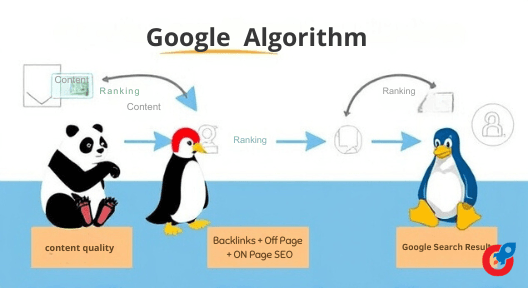
Search engines like Google regularly update their algorithms to improve the quality of search results. Understanding these updates and adapting your strategy is crucial for long-term SEO success.
Google Algorithm Updates
- Panda: Focuses on the quality of content and penalizes low-quality or thin content.
- Penguin: Targets websites with unnatural backlink profiles and manipulative link-building practices.
- Core Updates: These are large-scale updates that affect ranking factors and can dramatically impact website rankings.
8. Domain Authority and Page Authority
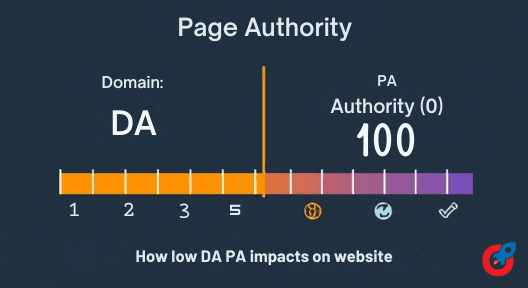
Domain Authority (DA) and Page Authority (PA) are metrics developed by Moz that predict how likely a website or page is to rank on search engine results. These scores range from 1 to 100, with higher scores indicating stronger authority.
How to Improve DA and PA
- Backlinks: Acquiring high-quality backlinks is one of the most effective ways to increase both DA and PA.
- Content Quality: Creating in-depth, informative, and engaging content boosts user experience and can improve your authority.
9. User Experience (UX) and SEO

User experience (UX) is how visitors interact with your website. A good UX can help lower your bounce rate, increase time on page, and improve your overall SEO performance.
Key UX Factors for SEO
- Easy Navigation: Ensure users can find what they need quickly and easily.
- Clear CTAs: Include clear and concise calls-to-action (CTAs) that guide users toward the next step.
- Mobile-Friendliness: A mobile-friendly website improves both UX and SEO.
10. Conversion Rate Optimization (CRO)
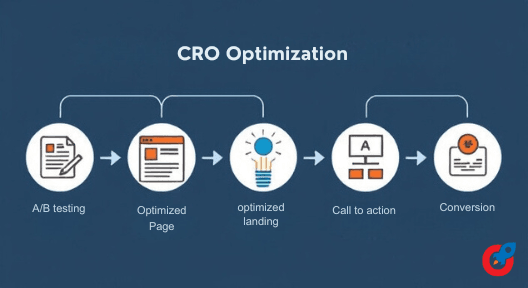
Conversion Rate Optimization (CRO) is the process of improving your website’s ability to convert visitors into leads or customers. While SEO drives traffic, CRO ensures that traffic results in conversions.
How to Improve CRO
- A/B Testing: Testing different versions of a page to determine which performs better.
- Optimized Landing Pages: Ensure landing pages are designed to convert visitors, with clear messaging and CTAs.
11. Local SEO: Dominating Local Search Results

Local SEO is the process of optimizing your website to rank better for local search queries. It’s essential for businesses that rely on local customers, such as restaurants, retail stores, and service providers.
Key Elements of Local SEO
- Google My Business (GMB): Claim and optimize your Google My Business listing to appear in local search results and Google Maps.
- Local Citations: Listing your business on local directories and review sites helps improve local rankings.
12. Voice Search Optimization

With the rise of voice-activated devices like Alexa, Siri, and Google Assistant, voice search optimization is becoming increasingly important. Voice searches tend to be longer and more conversational, so optimizing for natural language is essential.
Key Tips for Voice Search Optimization
- Use long-tail keywords and phrases.
- Focus on answering questions directly and concisely.
13. SEO Tools: Enhancing Your Strategy

Using the right SEO tools can help you analyze and optimize your website effectively. Here are a few essential tools that every SEO professional should have in their toolkit:
- Google Analytics: Tracks website traffic and user behavior.
- SEMrush: A comprehensive tool for keyword research, competitor analysis, and backlink tracking.
- Ahrefs: Great for analyzing backlinks, content performance, and competitor insights.
14. Content Freshness

Content freshness refers to how up-to-date your content is. Google tends to favor fresh, relevant content in search results. Updating your content regularly or creating new content can help maintain or improve your rankings.
Why Content Freshness Matters
- Google tends to prioritize newly published or regularly updated content.
- Fresh content may help you capture seasonal search trends.
- Users tend to favor updated and relevant information, improving engagement.
15. E-A-T: Expertise, Authoritativeness, and Trustworthiness
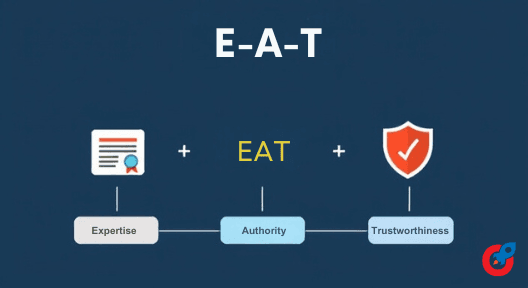
Google uses the E-A-T principle to evaluate the quality of web pages, especially in YMYL (Your Money or Your Life) topics such as health and finance. Pages that demonstrate expertise, authoritativeness, and trustworthiness tend to rank higher.
How to Improve E-A-T
- Author Credentials: Include author bios to demonstrate expertise.
- Citations and References: Back up your claims with credible references and sources.
- Trust Signals: Display trust signals like privacy policies, secure payment methods, and user reviews.
16. Social Signals

Social signals refer to the activity that occurs on social media platforms (likes, shares, comments) related to your content. While Google claims that social signals are not a direct ranking factor, there is still evidence that they can indirectly influence SEO through increased visibility and traffic.
How Social Signals Impact SEO
- Increased Visibility
**: Social media can drive more traffic to your site, which can lead to more backlinks.
- Content Exposure: Shares and interactions on social media increase the chances of content being linked to by others.
17. Latent Semantic Indexing (LSI)

LSI refers to a method used by search engines to understand the context of a piece of content by analyzing related terms. Using LSI keywords in your content can help search engines better understand the topic and improve rankings.
How to Use LSI Keywords
- Include related terms naturally throughout your content.
- Use variations of your target keyword to cover a broader topic range.
18. 301 Redirects: Maintaining Link Equity

A 301 redirect is a permanent redirection from one URL to another. When you move a page or consolidate content, using a 301 redirect ensures that any link equity or authority from the old page is passed on to the new one.
Why 301 Redirects Are Important
- Prevents broken links.
- Passes link juice to the new page, helping to maintain rankings.
19. Negative SEO

Negative SEO is the practice of using unethical techniques to harm a competitor’s rankings. This includes tactics like building spammy backlinks or scraping content. While Google works to prevent such attacks, it’s important to monitor your website regularly.
How to Defend Against Negative SEO
- Regularly check your backlink profile for spammy links.
- Monitor your site’s performance for sudden ranking drops or traffic loss.
20. Bounce Rate
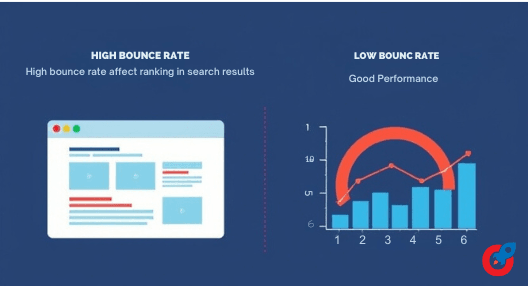
The bounce rate is the percentage of visitors who leave your website after viewing only one page. A high bounce rate could signal that your content isn’t engaging or relevant enough to keep visitors on your site.
How to Lower Bounce Rate
- Improve page load speed.
- Enhance user engagement with compelling CTAs and multimedia content.
- Make your site’s navigation intuitive.
21. Canonical Tags
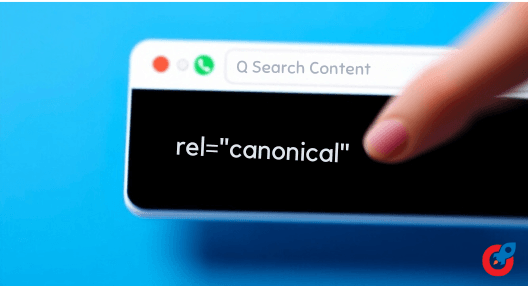
A canonical tag is used to tell search engines which version of a page is the original or preferred version, preventing duplicate content issues. This is particularly important when multiple URLs point to similar content.
Why Canonical Tags Matter
- Avoids penalties for duplicate content.
- Ensures search engines index the correct page.
22. Rich Snippets and Schema Markup
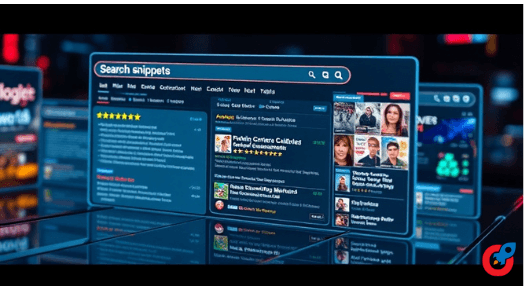
Rich snippets are enhanced search results that include additional information like reviews, ratings, or event times. These snippets are powered by schema markup, a type of code that you add to your website to help search engines understand the content of your pages better.
How Rich Snippets Improve SEO
- Increased visibility in search results.
- Higher click-through rates due to enhanced results.
23. Link Juice
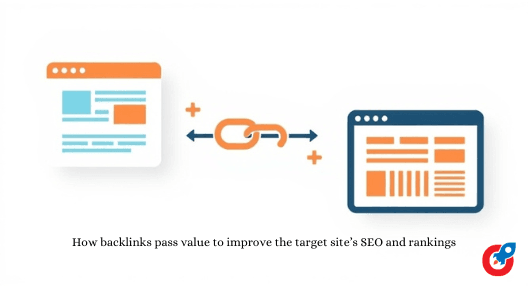
Link juice refers to the value passed from one website to another through backlinks. When a high-authority site links to your page, you receive some of its authority, which can improve your own rankings.
How to Maximize Link Juice
- Build high-quality backlinks from reputable sources.
- Use internal linking to distribute link juice within your site.
24. Page Speed Optimization

Page speed is a critical ranking factor. A slow-loading website can negatively impact user experience and SEO rankings. Tools like Google’s PageSpeed Insights can help identify areas for improvement.
How to Improve Page Speed
- Compress images to reduce file size.
- Minimize JavaScript and CSS files.
- Use content delivery networks (CDNs) for faster content delivery.
25. SEO Audit: A Comprehensive Review of Your SEO Efforts
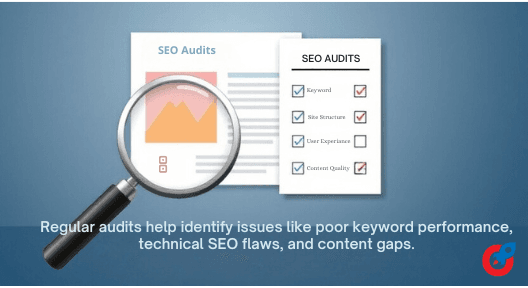
An SEO audit is a comprehensive analysis of your website to assess how well it is optimized for search engines. Regular SEO audits help identify issues and areas for improvement.
Key Areas of an SEO Audit
- Keyword performance and ranking.
- Site structure and technical SEO.
- Content quality and user experience.
Conclusion
Understanding key SEO terms and concepts is crucial for anyone looking to improve their website’s performance in search engine rankings. From keyword research to technical SEO and local SEO, the world of SEO is vast and constantly evolving. By familiarizing yourself with these 25 essential SEO terms and concepts, you can create a solid foundation for your SEO strategy and ensure your website ranks higher on search engines.
Remember, SEO is not a one-time effort but a continuous process. Stay up-to-date with the latest trends, algorithm updates, and best practices to keep your SEO strategy strong and competitive.
For more in-depth information on SEO, check out these authoritative sources:

